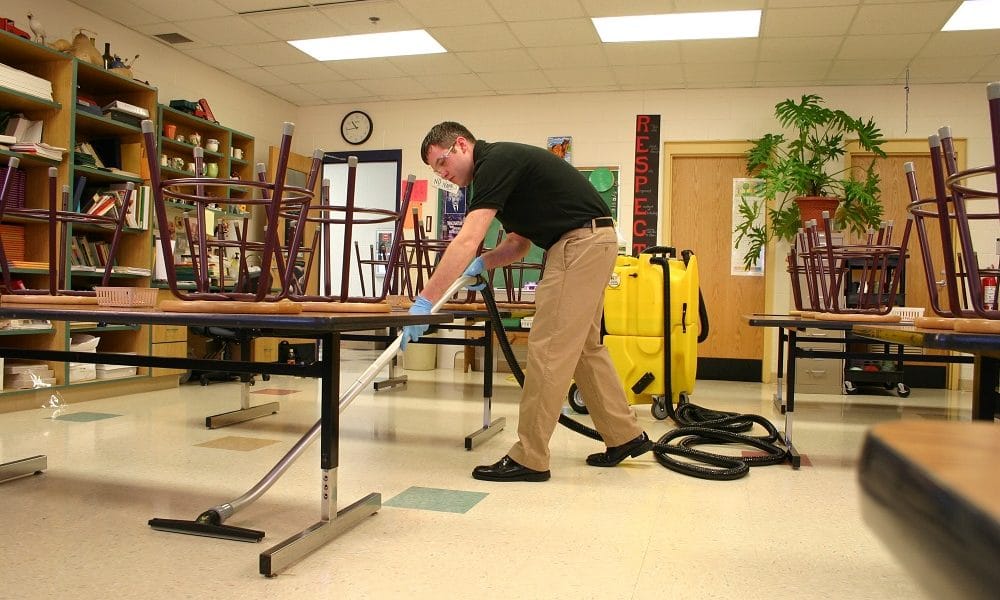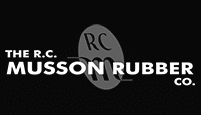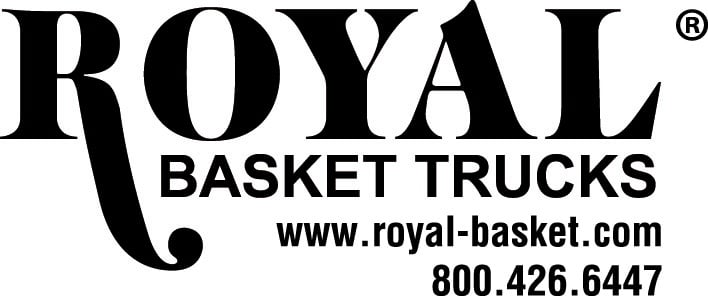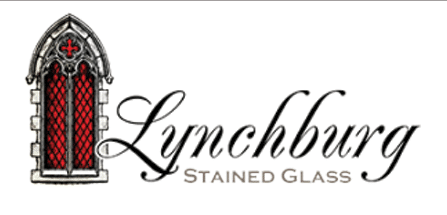By Terry Schawe
To better understand the impact a pandemic can have on church facilities, it might be a good idea to see what happened during the last pandemic back in 1918.
On March 4, 1918, a cook at an army training center in Kansas was coughing and complained of headaches. Initially, he thought it was nothing more than a bad cold. He continued to work.
However, within three weeks, 1100 soldiers in the compound were hospitalized, all with similar symptoms. In that pandemic, most of those getting the flu, later known as the Spanish flu and later dying of it, were younger people.
At that time, the U.S. and other nations were fighting in World War I. Soon, the Spanish flu spread to many parts of Europe as well as India, China, and Australia. Thousands of troops fell ill, but there were few deaths. In a few weeks, it appeared the virus had dissipated on its own.
Then, that summer, a second wave of the Spanish flu spread around the globe, and this one lasted longer and was far deadlier. By the time the pandemic was declared over in December 1919, more than 500 million people worldwide had been infected, killing approximately 50 million people.
Initially, there were few preventive measures in place. But with the second wave, several steps were taken. Authorities designated certain facilities as “cornerstones” of the disease. On the list were churches.
Because they were viewed as centers spreading the disease, among the steps implemented were the following:
- While the churches could remain open, sermons were not allowed. “Sunday Instruction,” as it was called, was limited to five minutes.
- No church gatherings, such as fundraisers, were allowed.
- Church stores were closed.
- Church-provided transportation ended.
- Public health officials distributed free soap and clean water for churchgoers.
- Churches were disinfected, using many of the same methods used to disinfect streets, sidewalks, and other public areas.
- Weddings were put on hold; death rituals were prohibited.
Interestingly and unfortunately, many of the preventive steps taken 102 years ago are remarkably similar to what is happening today. However, now, the doors of almost all churches in the U.S. are closed.
Further, while churches in 1918 were disinfected using what were probably rudimentary methods, today we have much more advanced cleaning technologies and methods to ensure and protect the health of church congregants.
The Need for a Multi-Pronged Approach to Cleaning
While there are automated cleaning systems designed to perform a variety of cleaning tasks, most churches use very traditional cleaning methods. This would include a sprayer, cleaning solutions, a disinfectant, cleaning cloths, mops, and buckets.
The significant concern with this one-pronged cleaning approach, as we can call it, is that we now have evidence it has not served us that well. For instance:
- Soiled cleaning cloths invariably spread more soil.
- Mops and buckets become contaminated as soon as they are used, spreading contamination on floors.
- As cleaning cloths and mops are used, the efficacy of cleaning solutions is diminished and continues to decline.
On the other hand, a three-pronged approach to cleaning is much different. To better understand it, let’s examine a study recently conducted in Canada.
The Limestone study was conducted in five schools, part of the Limestone School District in Ontario, Canada. The researchers were trying to determine if cleaning effectiveness improved if three different cleaning technologies were used, taking what we could call a “team” approach to cleaning. The goal was to see if this could help reduce illnesses and absenteeism among school-age children.
The three cleaning technologies used were the following:
- Microfiber cleaning cloths
- A spray-and-vac (no-touch cleaning) system; these machines apply cleaning solution to surfaces; which are then rinsed clean by the machine, which then is used to vacuum-up moisture and soils.
- An electrostatic disinfection system: these are misters that spray a mist onto surfaces, killing pathogens as they are applied. They are most effective if the surface has been cleaned first.
Among the findings were the following:
- The number of live bacteria, referred to as colony-forming units (CFUs) in the classrooms, decreased by 93 percent; this indicated that cleaning effectiveness improved significantly.
- Cleaning times were reduced; time studies indicate that spray-and-vac cleaning is more than one-third faster than traditional cleaning methods.
- The use of microfiber cloths helped trap soils, preventing them from being moved from one area to another.
- The misters helped disinfect many surfaces, including frequently touched surfaces.
Cleaning effectiveness was improved, yes, but did this impact student health and absenteeism?
Here are those results:
Comparing the 2017/18 school year with the 2018/19 school year, when the study was conducted, there were 513.5 fewer absent days, representing a 15 percent reduction in overall school absenteeism.
What This Study Means for Churches
After this pandemic, church administrators must realize that everything has changed. This includes the ways churches are cleaned. Among the things church administrators should do now include the following:
- Develop a close relationship with an astute janitorial distributor. Make them part of your cleaning team.
- If hiring a cleaning contractor, make sure they include an entire section in their cleaning proposals discussing their infection prevention steps.
- Reject old cleaning tools and methods. For some, this can be as hard as tossing out what others may view as clutter. But when it comes to your congregation’s health, it must be done.
- Look into more advanced, alternative cleaning systems. Those in the Limestone study are examples.
Finally, realize the value of effective cleaning. Once a minister in Chicago saw one of her church workers in a store. She went up to the individual and said, “I know I sign your check, but I don’t know what you do for the church.”
He explained he was one of the church custodians. Today he could add, “I’m protecting the health of everyone in your church building.”
Terry Schawe is the technical director for Kaivac, manufacturers of professional cleaning equipment designed to help prevent the spread of infection. He can be reached at info@kaivac.com.
The Limestone Study was conducted by Bunzl, a worldwide distributor of cleaning products in cooperation with Scott Jordan, Operations Supervisor, Limestone District School Board.














